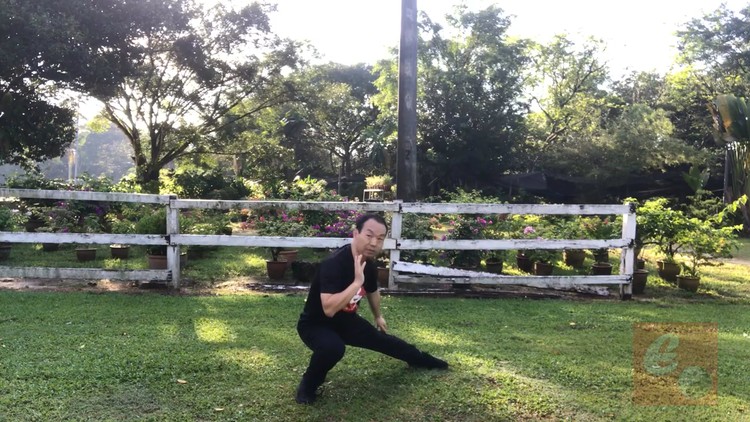
A Detailed Chen Style Tai Chi, a Gem revealed! Go Decoding the Essence of Tai Chi with David in this Amazing Journey
What you will learn
Chen Style Tai Chi New Frame Routine One 84 Postures
The Concept of Qi – inherent vital energy
A system of deep breathing exercises.
Self defense skills using Tai Chi
Apply Tai Chi into sweating workout.
To keep mental and physical fitness
To achieve mindfulness and relaxation
Description
There are 84 postures and 831 movements in New Frame Routine 1 ( called 新架一路 Xin Jia Yi Lu), 71 postures and 471 movements in New Frame Routine 2 ( called 新架一路 Xin Jia Er Lu). Each detailed movement contains its application in fighting, including unique hitting, punching, kicking and wresting techniques. Details are the currency of authenticity. Walt Disney once said, ‘There is no magic in magic, it’s all in the details’. I interpret this to mean that details can play a vital role in delivering the root of this true fighting arts. They can be hidden gems that reveal a secret or subtle movements and its subtle application in fighting and fitness and Qi application. All details add together will demonstrate the grace and profound ancient fighting art!
Tai chi, short for T’ai chi ch’üan or Tàijí quán (Chinese: 太极拳,太極拳; pinyin: Tàijí quán), is a traditional Chinese martial art which combines mind and awareness of our body, the deep diaphragmatic breathing and Qi, the inherent vital energy, through graceful movements to achieve mindfulness and relaxation. Tai chi is practiced for both its defense training, its health benefits and meditation.
Although tai chi is slow and gentle and doesn’t leave you breathless, it addresses the key components of fitness — muscle strength, flexibility, balance, and, to a lesser degree, aerobic conditioning.
Let we continue our amazing journey to explore and decode the Essence of Tai Chi together!
Keep fit! Keep fun!
Chen Style Tai Chi New Frame Routine ( called 新架 Xin Jia), can traced back to Chen Fake or Ch’en Fa-k’e (陳發科; 1887–1957), a Chinese martial artist who taught Chen-style t’ai chi ch’uan. He was born and raised in Chen Family Village (Chenjiagou, 陳家溝) in Henan province. In 1928, Chen Fake moved to Beijing to teach his family’s inheritance; Chen-style t’ai chi ch’uan. Chen Fake did not leave any written articles. In “Chen Style Taijiquan” , edited by Shen Jiazhen and Gu Liuxin, and was published by People’s Sports Publishing House in December 1963, we can see illustrations based on Chen Fake’d posture photo.
Chen Zhaokui (陈照奎, 1928 – 1981) was the third son of Chen Fake. He trained many of the current Chen style t’ai chi ch’uan practitioners throughout China. His son, Chen Yu (陈俞, 1962 – ) is teaching Chen style around the world. His student Ma Hong (1927-December 22, 2013) who wrote “Chen Style Taijiquan Illustrations”.
I keep Shen Jiazhen and Gu Liuxin’s book “Chen Style Taijiquan” and Ma Hong’s “Chen Style Taijiquan Illustrations” book for many years. “Chen Style Taijiquan” is great in theory and keep Chen Fake postures (in Er Lu) and Chen Zhaokui posture (in Yi Lu). Ma Hong’s “Chen Style Taijiquan Illustrations” give the detailed documentation of New Frame Routine. I am determined to present this New Frame Routine ( called 新架 Xin Jia) in detail and explain in English.
Content